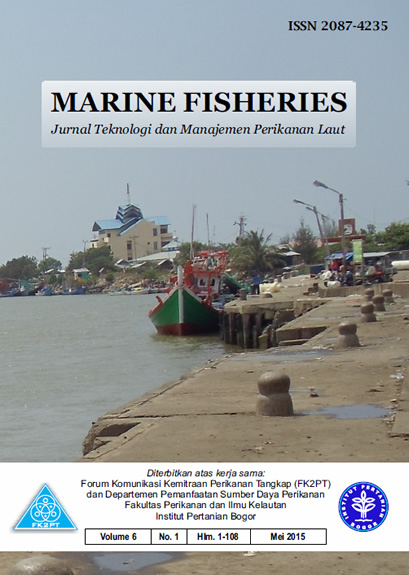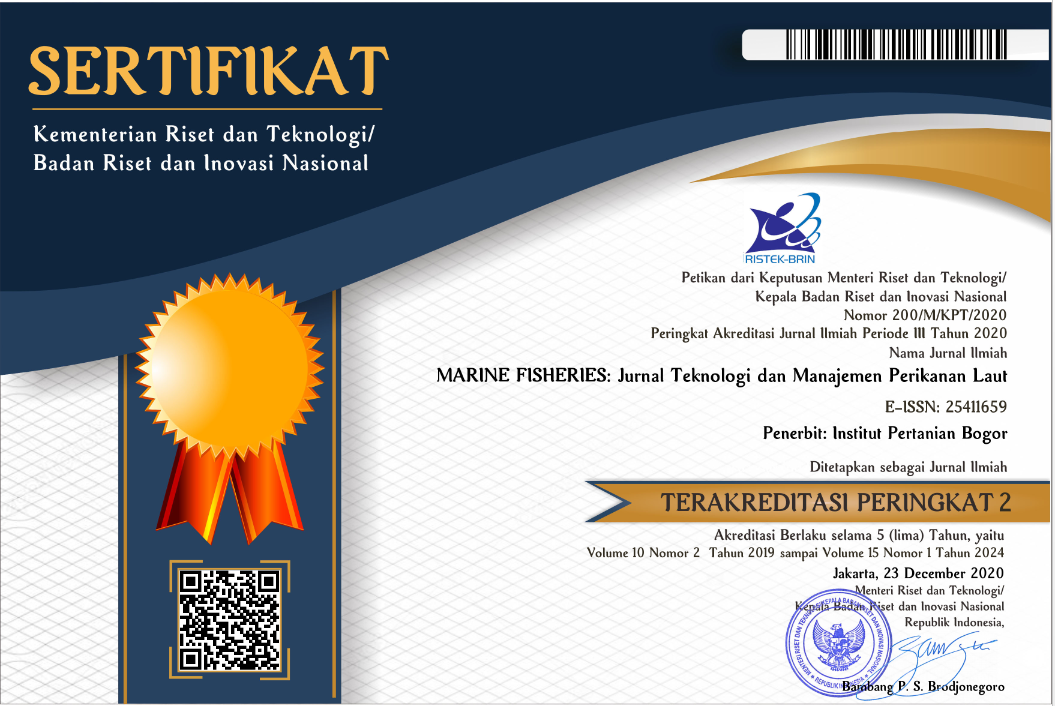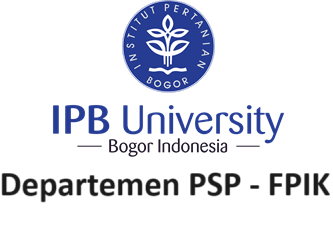ANALISIS BIOEKONOMI DAN OPTIMASI PENGELOLAAN SUMBER DAYA IKAN LAYANG DI PERAIRAN KABUPATEN MUNA SULAWESI TENGGARA (Bioeconomic Analysis and Resource Management Optimization of Mackerel Scad in Muna District, South East Sulawesi)
Abstract
ABSTRACT
The resource utilization of mackerel scad (Decapterus spp.) has been increasing in Muna waters which will be able to reduce the fish stock and if it exceeds the carrying capacity, it will lead to "overfishing". This study aims to determine the level of production, fishing effort and the optimal economic chain, both biologically and economically, so that the management of fish resources in Muna waters can be carried out in a sustainable way. The study was conducted by the case study method. The analysis method used in this research is biotechnic; bioeconomy; static and dynamic optimization apprOAch of Walter-Hilbon (WH) estimation model. The results of the study provide an indicator that the mackerel scad in Muna waters has not experienced "overfishing" both biological and economic. MEY condition that is optimal for economic management will be achieved when the maximum effort as many as 213.734 trips, production amounted to 3.117,61 tons and maximum economic chain at IDR 33.434,41 billion. The amount of fishing effort in MSY condition within the model is 248.342 trips whereas the production amounted to 3.179,35 tons with the economic chain of IDR 32.557,81 billion. Results of biotechnic, bioeconomy, static and dynamic optimization showed that actual production is still below the sustainable production indicated by high production, effort and economic chain. Based on this analysis, the business effort of mackerel scad can be increased from the current fishing effort of 128.496 trips to 213.734 trips that will give the maximum economic chain and management of fish resources sustainably.
Keywords: bioeconomic, economic optimization, mackerel scad, resource management
-------
ABSTRAK
Pemanfaatan sumber daya ikan layang (Decapterus spp.) yang meningkat di perairan Kabupaten Muna dapat menurunkan stok ikan layang dan apabila melebihi daya dukung, maka akan menyebabkan terjadinya “overfishing”. Penelitian ini bertujuan untuk menentukan tingkat produksi, upaya tangkap dan rantai ekonomi yang optimal, baik secara biologi dan ekonomi, sehingga pengelolaan sumber daya ikan layang di perairan Kabupaten Muna dapat dilaksanakan secara berkelanjutan. Penelitian dilakukan dengan metode studi kasus. Metode analisis yang digunakan dalam penelitian ini adalah analisis bioteknis, bioekonomi, optimasi statik dan dinamik menggunakan pendekatan model estimasi Walter-Hilbon (W-H). Hasil penelitian memberikan indikator bahwa ikan layang di perairan Kabupaten Muna belum mengalami “overfishing” baik secara biologi (biological overfishing) dan ekonomi (economic overfishing). Dalam kondisi MEY yang merupakan pengelolaan ekonomi optimal, terestimasi effort sebanyak 213.734 trip, produksi sebesar 3.117,61 ton dan rantai ekonomi maksimum yakni Rp 33.434.410.000. Jumlah effort dalam kondisi MSY adalah 248.342 trip, produksi sebesar 3.179,35 ton dan rantai ekonomi sebesar Rp 32.557.810.000. Hasil analisis bioteknis, bioekonomi, optimasi statik dan dinamik menunjukkan produksi aktual masih berada di bawah nilai produksi lestari baik dari produksi, effort dan rantai ekonomi. Berdasarkan analisis tersebut, effort usaha ikan layang dapat ditingkatkan dari upaya aktual sebesar 128.496 trip menjadi 213.734 trip yang akan memberikan rantai ekonomi maksimum dan pengelolaan sumber daya ikan layang secara lestari.
Kata kunci: bioekonomi, optimasi ekonomi, pengelolaan sumber daya, ikan layang
Downloads
Author(s) who published in this journal agree to following terms:
- Author(s) must understand and agree that the copyright script in published owned by the Marine Fisheries Journal. The copyright includes reproducing and selling the manuscript to all parties.
- Everyone can cite every manuscript published in Marine Fisheries for educational purposes, with the author's name and the Marine Fisheries Journal on reference.









